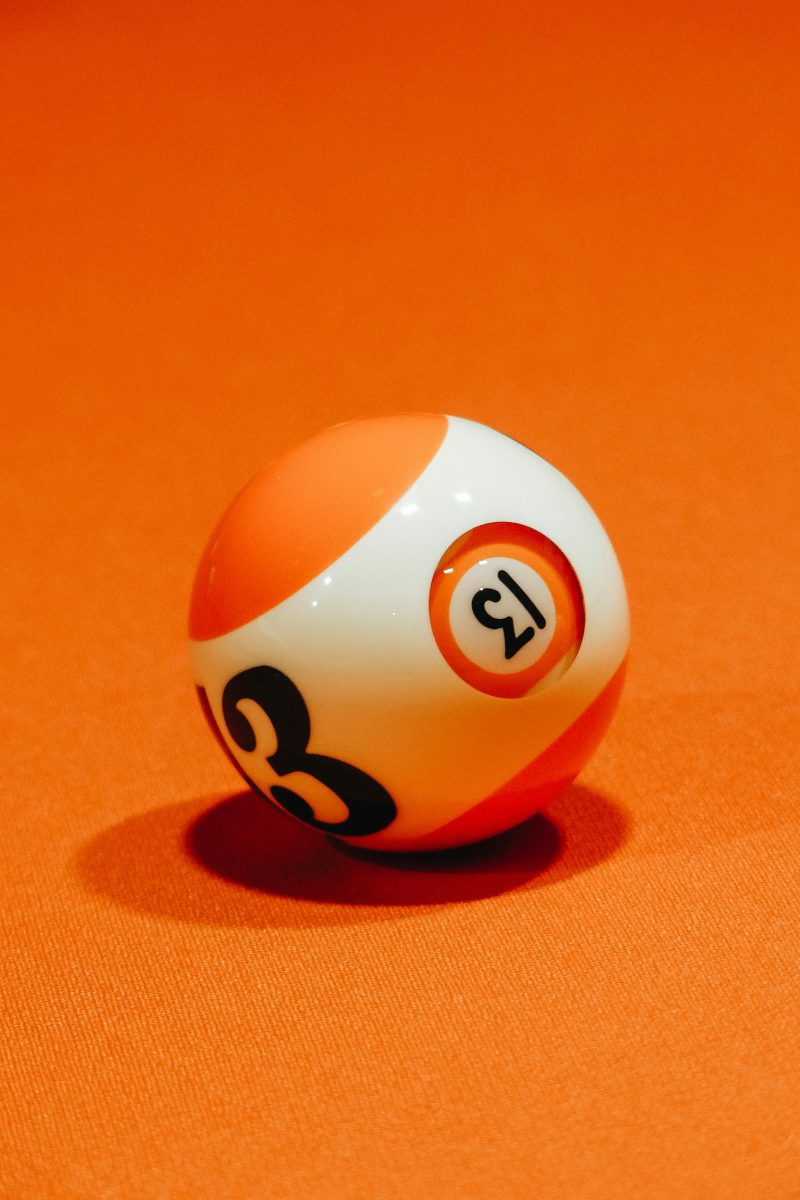Last Updated on: 14th July 2024, 09:36 am
Introduction to Fitness Goals

Embarking on a fitness journey without goals is like navigating without a compass. Goals not only guide your path but also fuel your motivation. They are the heartbeat of your fitness journey. Understanding the importance of setting goals is the first step towards a transformative path. It’s about envisioning your success and mapping out the journey to get there.
- Short-term goals act as stepping stones, achievable milestones that pave the way to your ultimate destination. They are immediate, tangible, and immensely satisfying once accomplished.
- Long-term goals are your horizon, the vision of your future self. They require patience, persistence, and a broader perspective.
When these two types of goals work in harmony, they create a symphony of success. Short-term goals keep you grounded and focused, providing quick wins and constant motivation. Long-term goals, meanwhile, ensure you’re always moving towards something bigger, something worth the sweat and tears. Together, they form a powerful duo that propels you forward, turning dreams into reality.
The Essence of Short-Term Goals

Definition and Examples of Short-Term Fitness Goals
Short-term fitness goals are immediate targets that are achievable within a few weeks to a few months. Examples include:
- Running a 5K
- Mastering a new yoga pose
- Increasing your bench press weight by 10%
These goals are the milestones that mark your progress, offering tangible evidence of your efforts.
The Role of Short-Term Goals in Motivation and Immediate Satisfaction
Short-term goals are the sparks that ignite your motivation. They provide a sense of accomplishment that fuels your desire to push further. Achieving these goals offers immediate satisfaction, reinforcing your commitment to your fitness journey. It’s the joy of celebrating small victories that keeps the flame of motivation burning bright.
Setting Achievable Short-Term Goals: SMART Criteria
To ensure your short-term goals lead to success, they should be SMART:
- Specific
- Measurable
- Achievable
- Relevant
- Time-bound
A goal like “improve my fitness” is too vague. Instead, aim for “run a 5K in under 30 minutes within three months.” This SMART goal is clear and provides a direct path to achievement. By setting goals that are well-defined and within reach, you lay the groundwork for a series of successes that build momentum towards your larger aspirations.
Incorporating short-term goals into your fitness plan is not just about marking checkboxes. It’s about creating a rhythm in your journey, a series of highs that keep you moving forward. Each goal is a step, each achievement a leap towards the ultimate vision of your best self. By understanding and utilizing the power of short-term goals, you transform your fitness journey from a daunting challenge into an exhilarating adventure.
The Vision Behind Long-Term Goals

Defining Long-Term Fitness Goals and Their Broader Scope
Long-term fitness goals are not just about reaching a specific milestone; they’re about envisioning a future where your lifestyle itself transforms. Imagine setting a goal to complete a marathon, not just as a one-time achievement, but as a stepping stone towards a lifetime of endurance and strength. These goals stretch beyond the immediate horizon, aiming for a sustained change that reshapes your very identity.
The Importance of Long-Term Goals for Sustained Progress and Lifestyle Changes
Without long-term goals, it’s easy to lose sight of the bigger picture. Short-term achievements, while satisfying, can lead to a plateau if they’re not part of a larger journey. Long-term goals act as the North Star, guiding your path through the ups and downs of daily life. They ensure that every small victory contributes to a grander vision, one that encompasses not just physical fitness, but overall well-being.
How to Envision and Set Long-Term Goals That Inspire
Setting long-term goals begins with allowing yourself to dream. Visualize where you want to be in five, ten, or even twenty years. Think about how your life could be different, how you could feel, and what you could accomplish. From this vision, distill specific goals that excite you. Whether it’s climbing a challenging mountain, mastering an advanced yoga sequence, or simply being active and healthy well into your later years, choose goals that spark a fire within you. Then, break these down into actionable steps, ensuring each is aligned with the SMART criteria. This approach not only sets you on a path to achievement but also keeps the flame of motivation burning brightly, illuminating the way forward.
Long-term goals are the essence of a transformative journey. They require patience, persistence, and a deep belief in the process. By setting and pursuing these goals, you’re not just chasing a distant dream. You’re laying the foundation for a lifestyle that embraces continuous growth, resilience, and the joy of surpassing your own limits. Embrace the vision behind your long-term goals, and let them guide you to a future where every step is a step towards becoming your best self.
Strategies for Achieving Your Fitness Goals

Integrating Short and Long-Term Goals
Striking a balance between immediate achievements and overarching ambitions is key. Short-term goals provide the momentum, while long-term goals offer direction. Together, they ensure a well-rounded journey.
The Concept of Milestone Goals
Breaking down long-term goals into manageable short-term targets is a strategy for success. These milestone goals act as checkpoints, offering both motivation and a sense of progress. They make the journey less daunting and more achievable.
Adjusting Goals as You Progress
Flexibility in planning is crucial. As you move forward, your abilities, circumstances, and priorities may change. Adjusting your goals accordingly ensures that your plan remains relevant and achievable, keeping you on the path to success.
Integrating short and long-term goals requires a delicate balance. Immediate achievements keep the fire of motivation burning, while overarching ambitions ensure that the flame is aimed in the right direction. Milestone goals serve as the stepping stones across the river of your fitness journey, marking each small victory while keeping the far bank in sight. As you wade deeper, be prepared to adjust your course. The waters of life are ever-changing, and flexibility in your goals allows you to navigate them with grace. This dynamic approach ensures that your fitness journey is not just a sprint or a marathon, but a rewarding adventure that evolves with you.
Overcoming Challenges in Goal Setting

Common Obstacles in Achieving Fitness Goals
Every fitness journey encounters hurdles. Short-term goals often face the challenge of immediate gratification desires, leading to inconsistency and procrastination. Long-term goals, on the other hand, grapple with the loss of motivation over time and the daunting nature of their broad scope. Recognizing these obstacles is the first step towards overcoming them.
Tips for Staying on Track
Accountability is your anchor. Sharing your goals with a friend or a coach can significantly increase your commitment. Tracking progress, through apps or a journal, offers visual proof of your journey, fueling your motivation. Adjusting goals is not a sign of failure but a strategic move to align with your current capabilities and circumstances. These strategies ensure your goals remain within reach, keeping you on the path to success.
The Role of Mindset, Community Support, and Professional Guidance
A positive mindset is the foundation of any successful fitness journey. It’s about believing in your ability to overcome obstacles and achieve your goals. Community support provides a network of encouragement, making the journey less solitary. Professional guidance, whether from a personal trainer or a nutritionist, offers tailored advice and accountability, helping you navigate challenges with expertise. Together, these elements create a powerful support system that propels you towards your goals.
Integrating these strategies into your fitness plan transforms obstacles into opportunities for growth. With accountability, progress tracking, and the right mindset, every challenge becomes a stepping stone towards your ultimate vision. Community support and professional guidance further enrich your journey, providing the encouragement and expertise needed to navigate the path to success. Embrace these strategies, and watch as your fitness goals, both short and long-term, become achievements that mark the milestones of your transformative journey.
Tools and Resources for Effective Goal Planning

Apps and Digital Tools for Tracking Fitness Progress
- Goal Setting: Set specific fitness goals and monitor your progress.
- Workout Tracking: Log exercises, track workouts, and view your improvements over time.
- Calorie Counting: Keep an eye on your diet with integrated calorie tracking features.
- Virtual Coaching: Get guidance and motivation from virtual coaches.
The Role of Fitness Planners and Journals
- Goal Commitment: Writing down goals can enhance your commitment to achieving them.
- Reflection: Reflect on your progress, adjust strategies, and celebrate successes.
- Tracking Success: The satisfaction of ticking off completed workouts and noting personal bests.
Seeking Professional Advice: When to Consider a Personal Trainer or Fitness Coach
- Overcoming Plateaus: Break through stagnation with tailored advice.
- Boosting Motivation: Stay motivated with the support and accountability from a professional.
- Expert Guidance: Navigate the complexities of fitness with expert insights.
Utilizing these tools and resources effectively bridges the gap between where you are and where you want to be. Apps and journals offer the structure and tracking needed for day-to-day progress, while professional guidance can provide the expertise and motivation to push through barriers. Together, they form a comprehensive support system for your fitness journey.
In Closing
Your fitness journey is a path to empowerment. It’s a balance of immediate victories and long-term aspirations that together forge resilience. By setting SMART short-term goals and visionary long-term objectives, you navigate through challenges with grace, turning each step into a milestone of progress. Embrace this journey with patience and persistence, and let each achievement fuel your drive towards a healthier, stronger you. Remember, every goal reached is a testament to your potential, a beacon guiding you to your ultimate vision of well-being.
Planning Your Fitness Journey: Short vs. Long Term Goals FAQs
Yes, short-term goals are critical for building the foundation for long-term success. They allow for quick wins that boost confidence and commitment, acting as stepping stones towards more significant, long-term objectives. This approach keeps the journey manageable and rewarding.
To ensure alignment, start by clearly defining your long-term objectives, then break them down into smaller, manageable short-term goals that act as milestones. Each short-term goal should be a step that moves you closer to your ultimate aim, ensuring that every workout and achievement has a purpose. Regularly review and adjust your goals to keep them challenging yet achievable, ensuring they continuously support your long-term vision.
Your decision should be based on your overall fitness aspirations, current physical condition, and lifestyle. Short-term goals are excellent for building momentum and creating habits, while long-term goals establish a vision for your fitness journey. Balancing both is key to maintaining motivation and achieving sustained success.
Short-term goals provide immediate satisfaction and a sense of achievement, which are powerful motivators. They keep the journey exciting and ensure that motivation remains high by offering regular opportunities for celebration. Long-term goals anchor your efforts, giving you a reason to start and the perseverance to continue when motivation wanes, ensuring a balanced approach to sustaining effort over time.
It’s advisable to set new short-term goals every 3 to 6 weeks, depending on the specific objective and your personal progress. This timeframe allows enough duration to achieve measurable improvements while keeping the momentum going. Regularly updating your goals ensures they remain challenging and relevant to your evolving fitness level and long-term aspirations.
Focusing on both short-term and long-term goals simultaneously offers the best approach, as they serve different but complementary purposes. Short-term goals provide immediate challenges and successes, keeping you engaged and motivated, while long-term goals offer a broader vision and deeper motivation. This dual focus ensures a well-rounded and fulfilling fitness journey, preventing burnout and promoting sustained progress.
Examples of short-term fitness goals include running a certain distance within a few weeks, adding a specific amount of weight to your lifts within a month, or achieving a new yoga pose. These goals are measurable, achievable within a short timeframe, and tailored to individual fitness levels, making them effective motivators. They should align with your long-term aspirations to ensure consistency in your fitness journey.
Failure to meet a short-term goal is an opportunity for learning and adjustment, not a reason for discouragement. Analyze the reasons behind the shortfall, such as unrealistic expectations or external factors, and use this insight to set more achievable goals moving forward. This process of evaluation and adaptation is crucial for long-term success and resilience in your fitness journey.
Short-term fitness goals focus on immediate achievements, such as improving your 5k run time within the next month. They are stepping stones towards reaching broader objectives and help maintain motivation by providing frequent feedback on progress. Long-term goals, on the other hand, are more ambitious targets set for a year or more, like losing 50 pounds or completing a marathon, requiring sustained effort and commitment.
Having both types of goals ensures a balanced approach to your fitness journey, providing immediate targets to work towards while keeping the bigger picture in mind. Short-term goals help maintain motivation and focus by offering quick wins, whereas long-term goals provide direction and a sense of purpose. This combination is crucial for sustained progress and avoiding plateaus.
Orlando is a all round athlete from Australia, now resident in Germany. His sports of passion of American Football(Offensive line), weight training and indoor rock climbing where he uses his 195cm wing span to his advantage.



